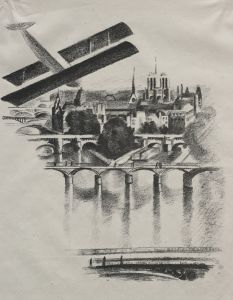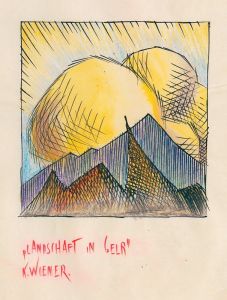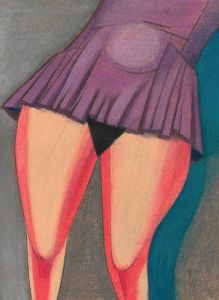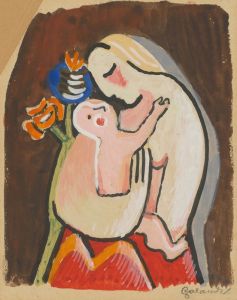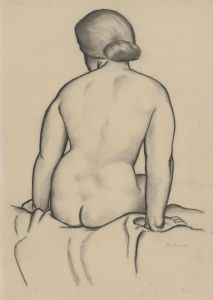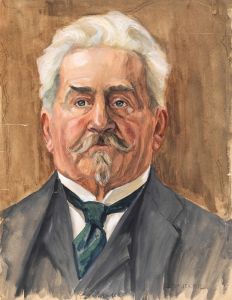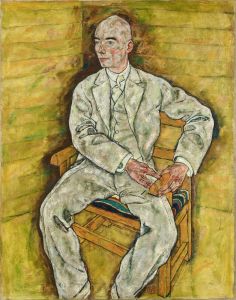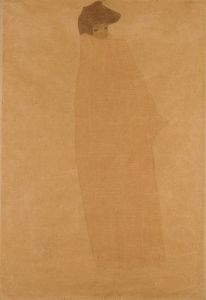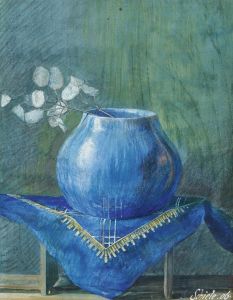
Frau mit ausgebreiteten Armen in gelbem Rock
A hand-painted replica of Egon Schiele’s masterpiece Frau mit ausgebreiteten Armen in gelbem Rock, meticulously crafted by professional artists to capture the true essence of the original. Each piece is created with museum-quality canvas and rare mineral pigments, carefully painted by experienced artists with delicate brushstrokes and rich, layered colors to perfectly recreate the texture of the original artwork. Unlike machine-printed reproductions, this hand-painted version brings the painting to life, infused with the artist’s emotions and skill in every stroke. Whether for personal collection or home decoration, it instantly elevates the artistic atmosphere of any space.
Egon Schiele was an Austrian painter known for his distinctive style and significant contributions to early 20th-century art. He was a protégé of Gustav Klimt and a major figurative painter of the early 20th century. Schiele is noted for his intensity and raw sexuality, and the many self-portraits he produced, including nude self-portraits. The twisted body shapes and expressive line that characterize Schiele's paintings and drawings mark the artist as an early exponent of Expressionism.
One of Schiele's works is titled "Frau mit ausgebreiteten Armen in gelbem Rock," which translates to "Woman with Outstretched Arms in Yellow Skirt." This piece exemplifies Schiele's unique approach to the human form and his exploration of human emotion and sexuality. The painting features a woman with her arms outstretched, dressed in a yellow skirt, which is a common motif in Schiele's work, where clothing often plays a significant role in the composition and emotional tone of the piece.
Schiele's work often focused on the human body, exploring themes of sexuality, death, and the human psyche. His figures are frequently depicted in contorted poses, emphasizing their emotional and psychological states. The use of color in his work, such as the yellow skirt in this painting, often serves to highlight certain aspects of the figure or to evoke a particular mood or atmosphere.
Egon Schiele's career was tragically cut short when he died at the age of 28 in 1918, a victim of the Spanish flu pandemic. Despite his short life, Schiele produced a significant body of work that has had a lasting impact on the art world. His paintings and drawings are celebrated for their intensity, their exploration of the human condition, and their innovative use of line and color.
Schiele's work, including "Frau mit ausgebreiteten Armen in gelbem Rock," continues to be studied and admired for its boldness and emotional depth. His influence can be seen in the works of later artists who sought to explore similar themes of human emotion and the complexities of the human form. Schiele's legacy is that of an artist who pushed the boundaries of traditional figurative painting, creating works that are both provocative and deeply moving.
While specific details about the provenance and current location of "Frau mit ausgebreiteten Armen in gelbem Rock" may not be widely documented, Schiele's works are held in numerous prestigious collections around the world, including the Leopold Museum in Vienna, which houses the largest collection of his works. His art remains a subject of fascination and study, reflecting the enduring power of his vision and the timeless nature of his exploration of the human experience.






